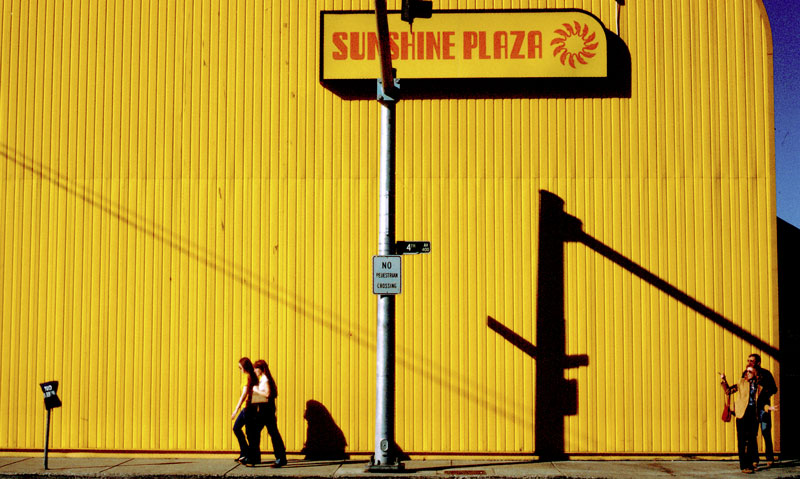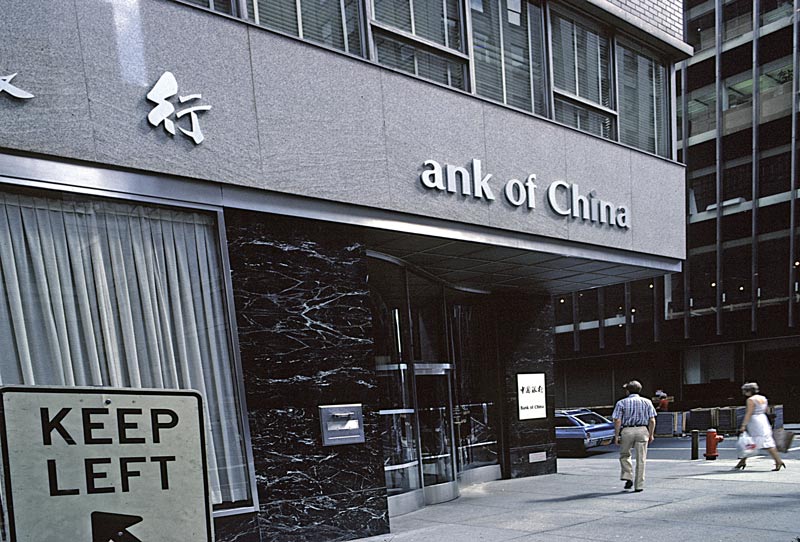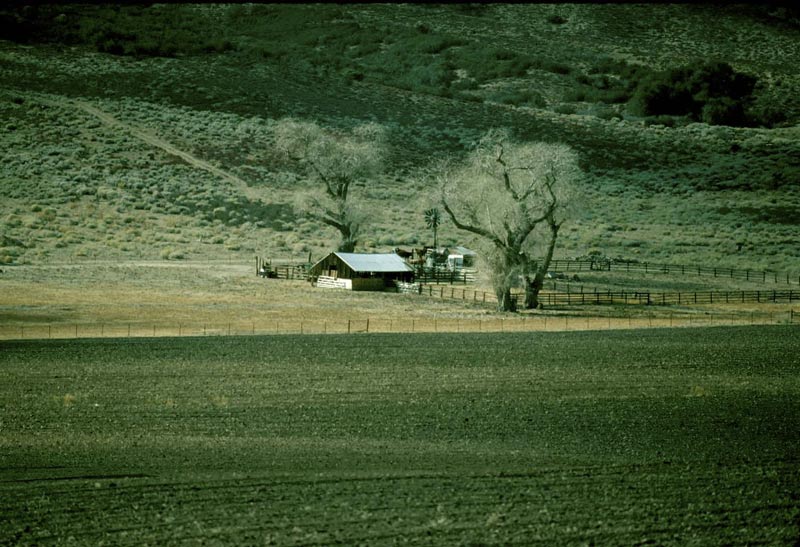Simple, sturdy and with great lenses, you can pick up this behemoth for very little
While classic rangefinder Leicas continue to appreciate as doctors, dentists and investment bankers fill their display cases, fine cameras like the Leicaflex SL, which never really caught on, can be had very inexpensively.
I used one for many years, during the period 1977 though 1990, starting with a 50mm Summicron lens, adding a 21mm, a 90mm Summicron for portraits and the superb 180mm Apo-Telyt R for landscape pictures. As good an optic as I have ever used.
Provided you were in no great hurry and didn’t mind the noise, it was hard to take a bad picture with this camera. The camera was big and rather clunky, the wind lever had way too long an arc but the controls were nice and large meaning use with gloves on was no problem.
What I liked most was the semi-spot meter. The excellent microprism focusing circle also defined the exact area of measurement for the meter and was large enough that you didn’t get all nervy the way you do with a spot meter. It was a match needle design, meaning you had to align two needles, visible only in the viewfinder. Adding or deducting a stop for light correction was very easy with the camera at eye level, as the viewfinder displayed the selected shutter speed and was very easy to see with or without eyeglasses.
This was one of the last of the all mechanical cameras which have now largely disappeared, but proved very reliable in all weather conditions. True, the camera had looks only a mother could love but the lenses were superb regardless of focal length.

As Leica has since added all sorts of electronic gizmo connections in its SLR lenses in a futile attempt to keep up with the times, the earlier two cam mechanical lenses can be had very inexpensively. While the build quality never felt up to early Leica M standards (meaning M2, M3 and M4), I had no reliability problems, and the uncluttered viewfinder was a joy to use. A great starter camera for someone getting serious and willing to put up with the shortcomings of film.

Anchorage, Alaska. 1978. Leicaflex SL, 50mm Summicron R, Kodachrome 64

New York City. 1985. Leicaflex SL, 21mm Super-Angulon R, Kodachrome 64

Lake Elizabeth, California. 1990. Leicaflex SL, 180mm Apo-Telyt R, Kodachrome 64